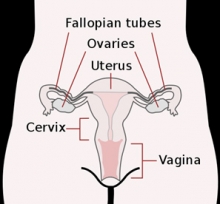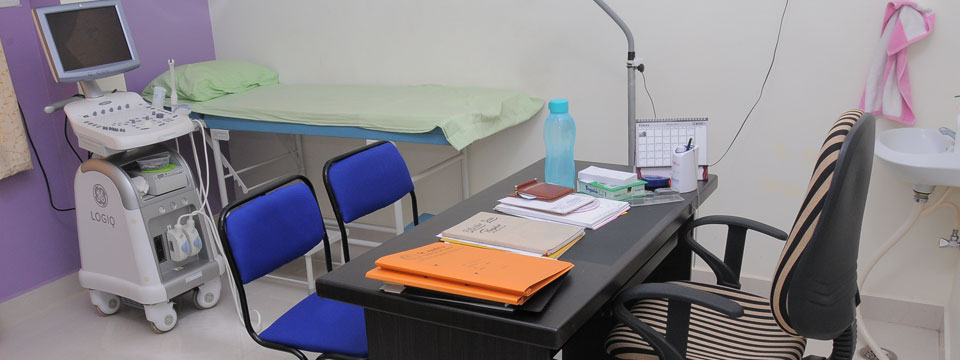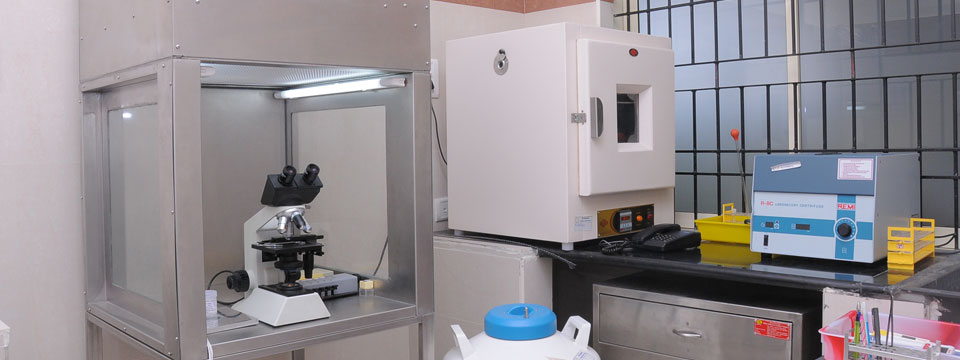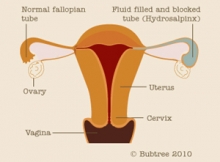HYDROSALPHINX
 The fallopian tubes are two very fine tubes which stretch from the uterus towards the ovaries of a female. Usually, the fallopaian tubes picks up an egg each month as it is released from the ovary. This fallopian tube are the superhighway that allows an egg to travel to the uterus and the point where egg and sperm can join to become a embryo. The embryo travels through the tube into the uterus. After reaching the uterus it implants into the uterine wall and develop into fetus. The fallopian tube filled with fluid is called hydrodalpinx. Injury to the end of the fallopian tube causes the end of the tube to close. Glands within the tube producing a sausage shaped swelling is the characteristic of hydrosalpinx. The normal pregnancy will not occur as there is a blockage in the tube which does not allow the egg and sperm to meet. This ultimately leads to infertility.
The fallopian tubes are two very fine tubes which stretch from the uterus towards the ovaries of a female. Usually, the fallopaian tubes picks up an egg each month as it is released from the ovary. This fallopian tube are the superhighway that allows an egg to travel to the uterus and the point where egg and sperm can join to become a embryo. The embryo travels through the tube into the uterus. After reaching the uterus it implants into the uterine wall and develop into fetus. The fallopian tube filled with fluid is called hydrodalpinx. Injury to the end of the fallopian tube causes the end of the tube to close. Glands within the tube producing a sausage shaped swelling is the characteristic of hydrosalpinx. The normal pregnancy will not occur as there is a blockage in the tube which does not allow the egg and sperm to meet. This ultimately leads to infertility.
Cause for hydrosalpinx?
Pelvic Inflammatory Disease is the primary reason for the occurrence of hydrosalpinx, but it can also be formed due to various other reasons such as abortion, prior infection, childbirth or scarred tissues from an earlier surgery. It can be due to sexually transmitted infections like gonorrhea.Such cases, if not treated for long period will damage the fallopian tube slowly.
SYMPTOMS FOR HYDROSALPINX?
The patient complaint of severe pain in the pelvic or lower abdominal region. A vaginal discharge may occur. For some women it is asymptomatic, they do not have any symptom. As hydrosalpinx causes infertility it will be discovered only when the women seeks treatment for infertility issues.
Significance
- A women will not be able to conceive when the fallopian tube is completely blocked by hydrosalpinx.
- Sometimes it may damage the fallopian tube in which the egg cannot pass through even with surgery.
- sometimes the embryo might not be able to traverse to the uterus due to damaged tube resulting in ECTOPIC pregnancy.
- The fluid which exudes from the fallopian tube is toxic in nature for the embryo and therefore any treatment for infertility becomes ineffective.
- The chance for miscarriage also increases.
How hydrosalpinx was Diagnosed?
There are three ways to diagnose hydrosalpinx
- The X-ray procedure – A special liquid injected into the uterus and the x-ray is then taken which detect the liquid position and progress through the fallopian tubes.False positive finding can occur in 15 percent of the women.
- The surgical procedure- A laproscope is passed through surgical incision in the abdomen.This is more accurate but it is also invasive
- Ultra sound scan: The ultrasound scan is useful for a preliminary diagnosis
Treatment
One of the treatment for hydrosalpinx is to open the tube laparoscopically ( in case of partial damaged tubes). But in case of completely blocked tube with huge hydrosalpinx it is recommended to remove or to seal the affected fallopian tube and go ahead with IVF. To undergo these procedures and for the psychological aspects the patient has to go through proper counseling and consents prior to the operation.
Hydrosalpinx and IVF
If both fallopian tubes are blocked then natural conception is impossible. If woman going through IVF has a hydrosalpinx then the average expected IVF success rate is lower as compared to similar patient without a hydrosalpinx. If a woman has hydrosalpinx on either side of the tube then the IVF success rate is lower than the women has one side hydrosalpinx.
When careful ultrasound examination is done to detect any significant hydrosalpinx, then the surgery should be performed to remove the fallopian tube first , so that expected IVF success rate will be normalized.













